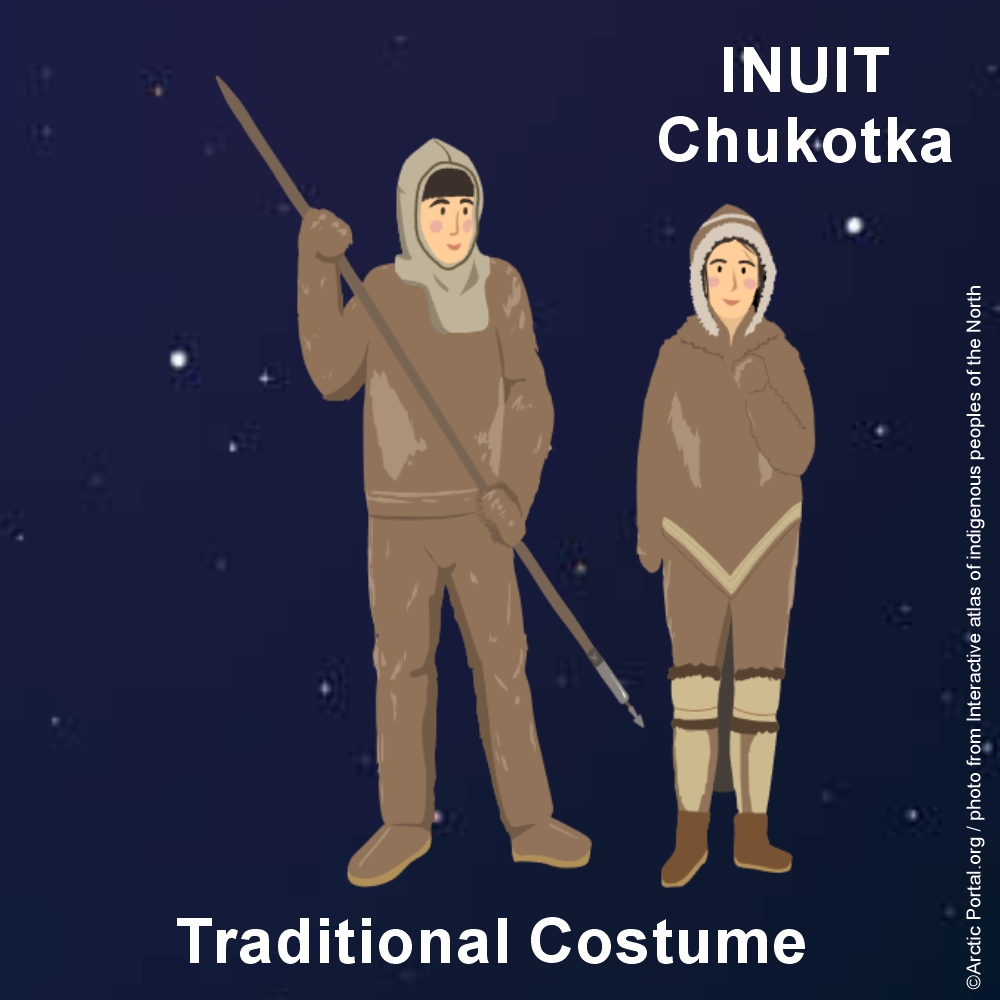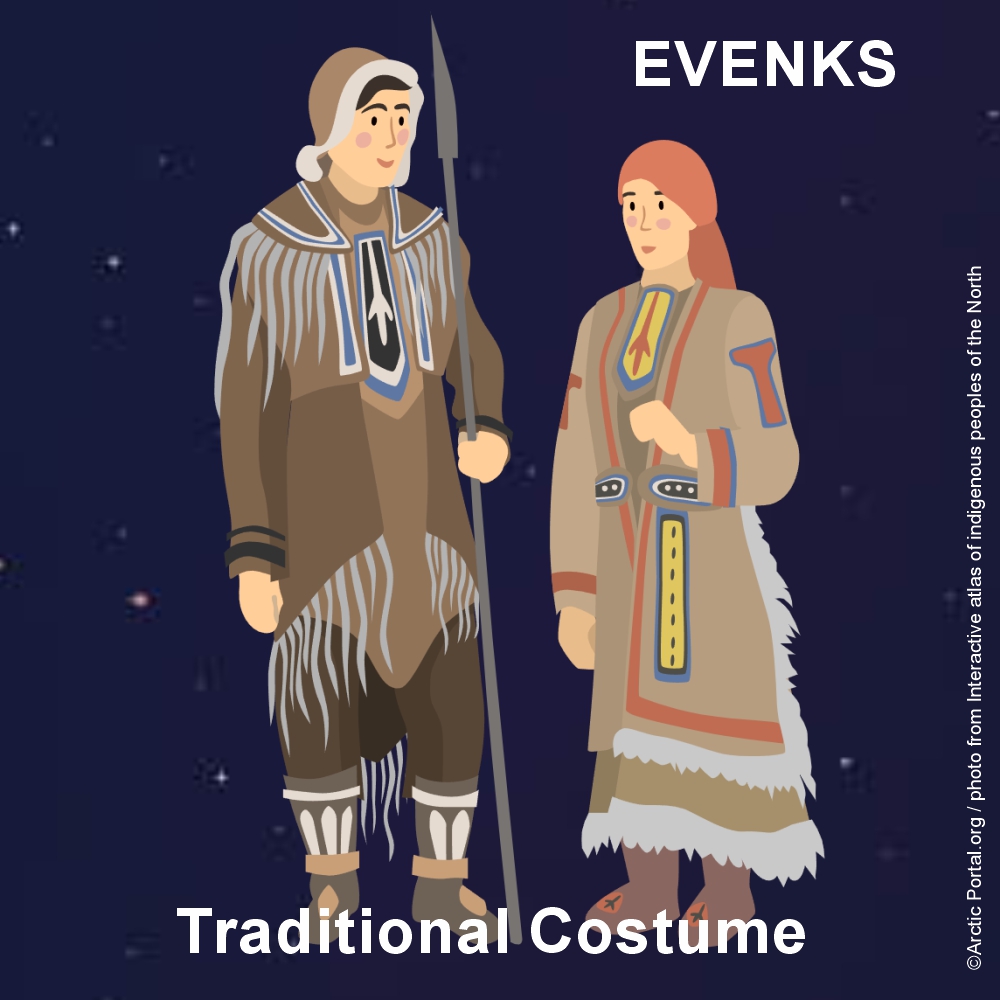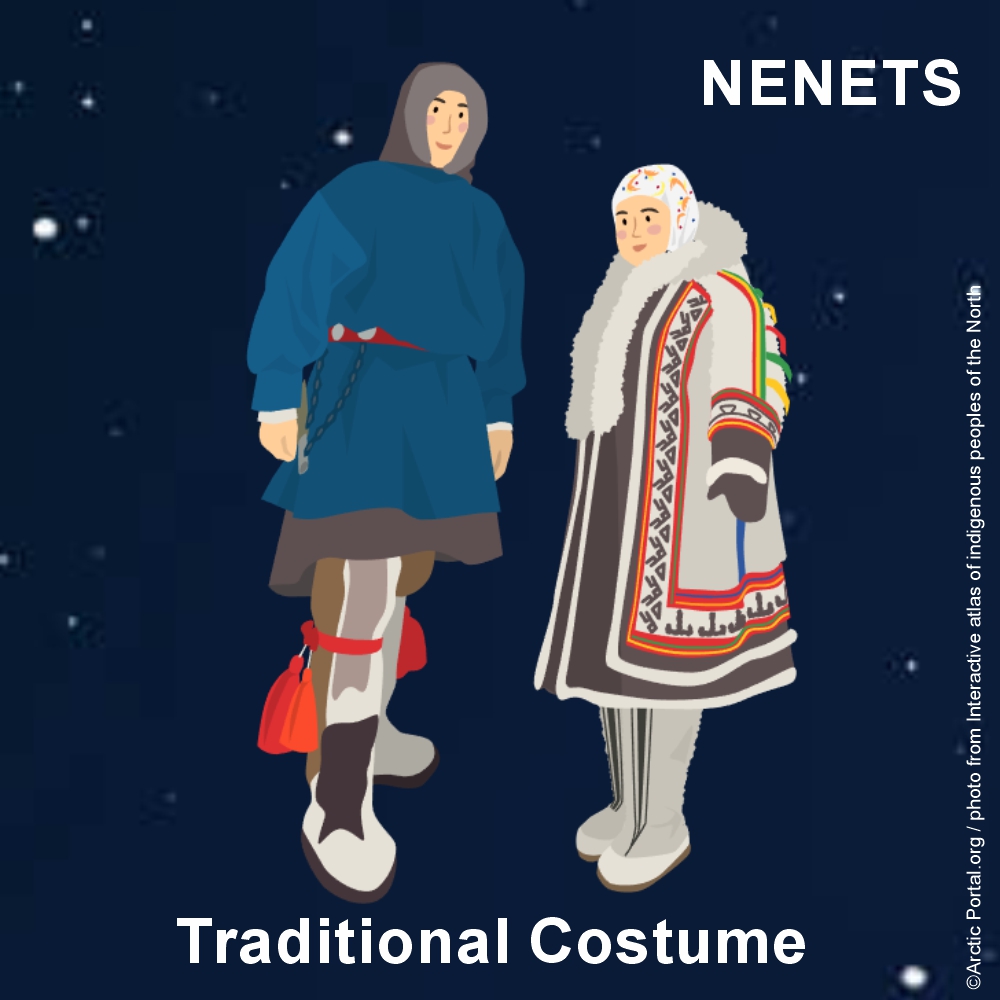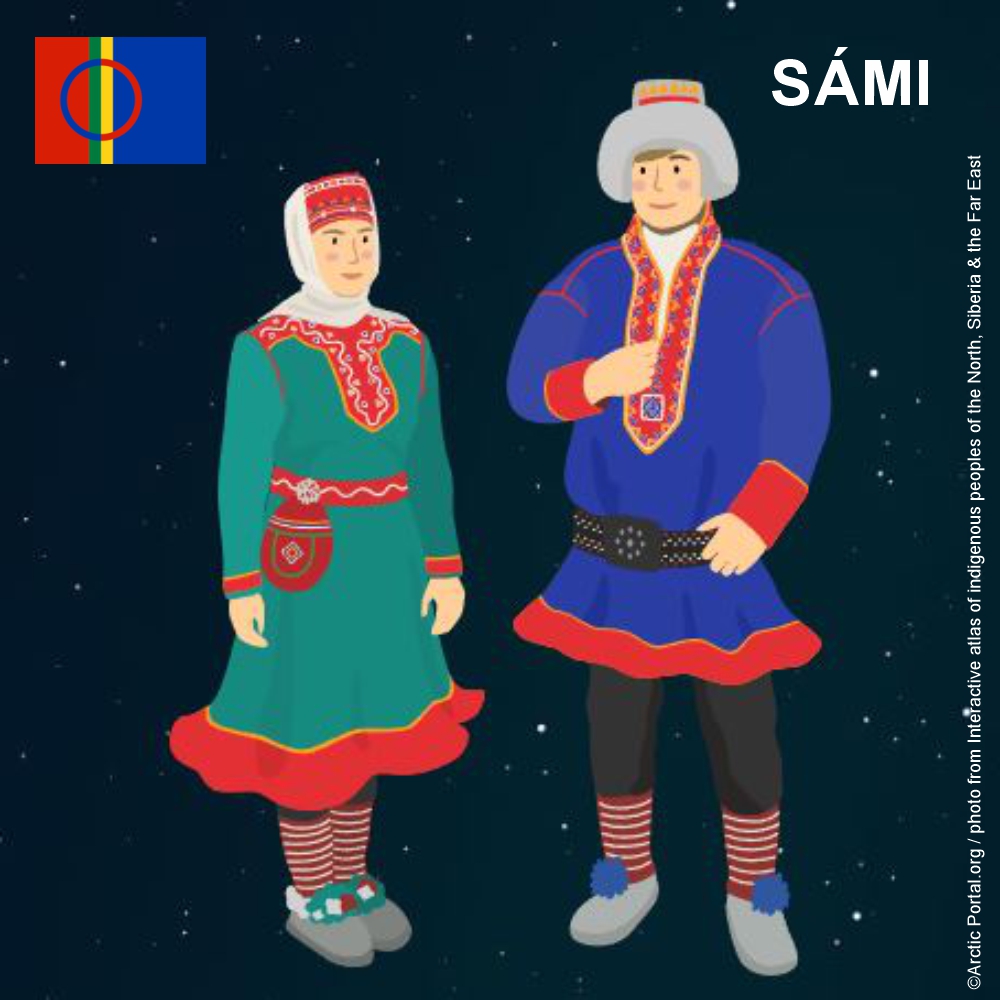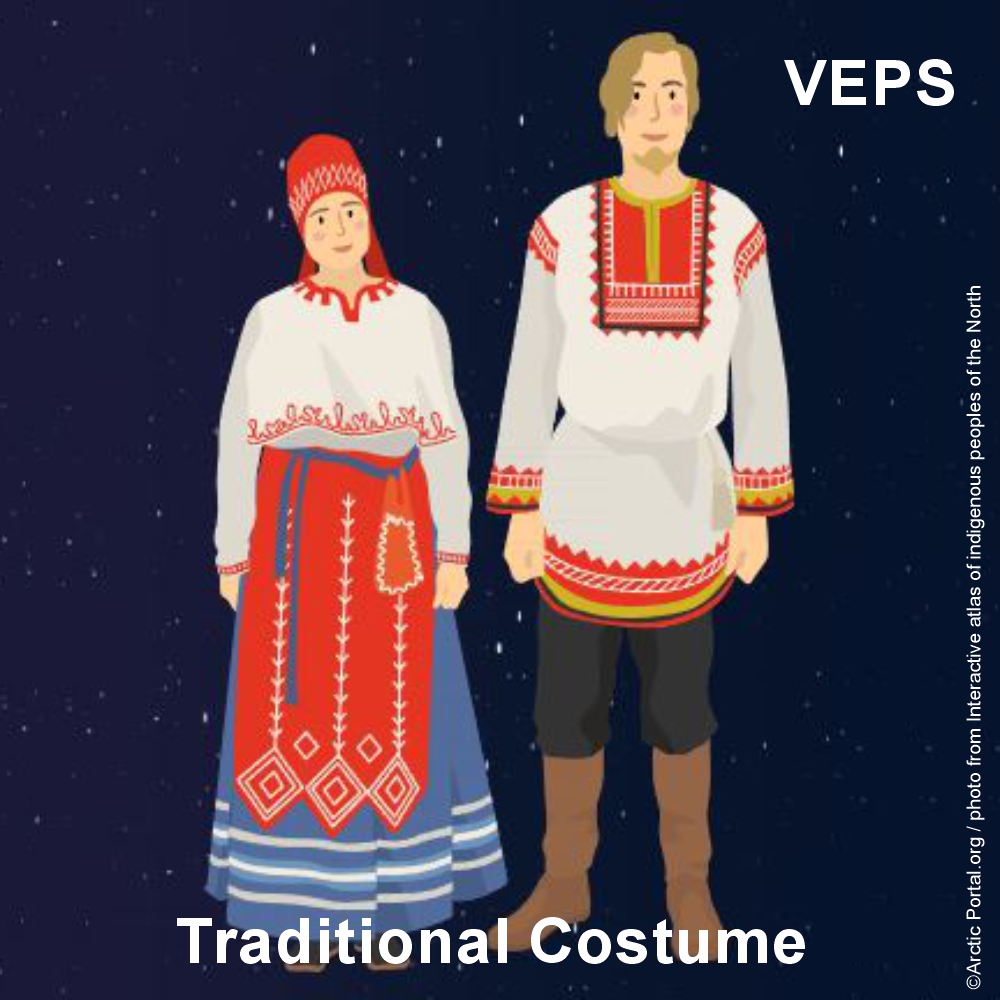Today, November 7, is International Inuit Day—a day dedicated to honoring the Inuit peoples and their remarkable culture, resilience, and contributions to the world.Today, November 7, is International Inuit Day—a day dedicated to honoring the Inuit peoples and their remarkable culture, resilience, and contributions to the world. Celebrated annually, this day recognizes not only the Inuit’s rich history and traditions but also highlights the diversity within Inuit identities, their unifying language, and the challenges they continue to face in an ever-changing world.
The Inuit are Indigenous people who have lived in the Arctic for thousands of years, across regions in Canada, Greenland, Alaska, and Russia. Their profound connection to the land, sea, and ice has shaped a culture uniquely adapted to one of the world’s harshest environments. For centuries, the Inuit have developed sophisticated skills and knowledge to survive and thrive in the Arctic—knowledge that has been passed down through generations.
A Diverse and Adaptable People
The Inuit identity encompasses a wide range of regional and linguistic distinctions, with Inuit communities spread across the Arctic regions. While they share common cultural traits and historical roots, different communities often use unique terms to identify themselves, reflecting their distinct dialects and sense of place.
In Greenland, Inuit refer to themselves as Kalaallit (West Greenlanders), Inugguit (from the Thule district), and Iit (East Greenlanders). In Canada, the terms Inuvialuit, Inuinnaat, and Inuit are common, while in Alaska, the people of the north are known as Inupiat and those in the southwest as Yupiit and Cupiit. In Russia’s Chukotka region and on St. Lawrence Island in Alaska, terms such as Yupiget, Yupik, and Sugpiat are used. While some anthropologists consider the Yupiit culturally distinct from other Inuit groups, the Yupiit have chosen to be politically identified as Inuit, underscoring a shared solidarity across regions.
The Strength of a Common Language
The Inuit share a common linguistic heritage that has evolved into a variety of dialects due to the vast distances between communities. Among these dialects are Iñupiatun, Inuvialuktun, Inuinnaqtun, Inuktitut, Inuktun, Kalaallisut, and Tunumiisut. Closely related to these dialects are languages spoken by the Sugpiat, Yupiit, and Yupiget in Alaska and Chukotka, including Sugcestun, Yugtun, and Yupigestun.
Despite regional variations, these dialects reflect a shared linguistic lineage and serve as vital connections to cultural identity and tradition. Language is essential to Inuit storytelling—a cherished tradition that conveys cultural values, environmental knowledge, and historical narratives to younger generations. Efforts to preserve and revitalize these languages are crucial, as they carry not only everyday expressions but also the profound relationship between the Inuit and their environment.
 A Legacy of Resilience and Adaptation
A Legacy of Resilience and Adaptation
For thousands of years, the Inuit have lived in the Arctic, adapting to one of the world’s harshest climates. From traditional hunting practices to clothing crafted from animal skins, the Inuit have developed sophisticated skills and ecological knowledge, allowing them to thrive in the challenging Arctic landscape. Their culture is rooted in sustainable practices, with a deep respect for the natural world and a commitment to balance with the environment—a philosophy that is particularly relevant in the context of today’s environmental challenges.
Inuit art reflects this resilience and adaptability, with intricate carvings, textiles, and printmaking that depict scenes of daily life, Arctic animals, and mythology. Often crafted from locally sourced materials such as soapstone, ivory, and bone, these artworks connect audiences worldwide with Inuit perspectives and experiences, creating a bridge between traditional life and modern storytelling.
Facing Modern Challenges
While Inuit culture remains strong, many Inuit communities are navigating significant challenges. Climate change is particularly pressing, as it directly affects the environment, wildlife, and natural cycles that the Inuit depend on for their way of life. Rising temperatures are melting Arctic ice at unprecedented rates, posing risks to traditional practices and community infrastructure. The Inuit have become prominent advocates for climate action, using their firsthand experiences to raise awareness and urge the global community to address this crisis.
Inuit communities also face socioeconomic issues, including limited access to healthcare, education, and resources. High costs of living, food insecurity, and mental health concerns are prevalent in many Inuit areas, particularly as modern demands strain traditional ways of life. Through organizations like the Inuit Circumpolar Council, Inuit leaders work to secure their communities’ rights, promoting self-determination, cultural preservation, and sustainable development.
Celebrating the Future of Inuit Heritage
International Inuit Day is a celebration of Inuit heritage and a reminder of the ongoing journey toward resilience and recognition. The Inuit have much to teach the world about sustainable living, environmental stewardship, and the power of cultural connection. Supporting Inuit-led initiatives, respecting their sovereignty, and amplifying their calls for climate action are just some of the ways we can honor the Inuit today—and every day.
On this International Inuit Day, let us celebrate the diverse identities, traditions, and knowledge that define the Inuit. Whether by learning more about their culture, supporting their communities, or sharing their stories, we can stand in solidarity with the Inuit and contribute to a future that respects and honors their enduring legacy.
View our quick-facts on the peoples of the Arctic
The tags below provide an opportunity to view previously posted related news within the selected category


